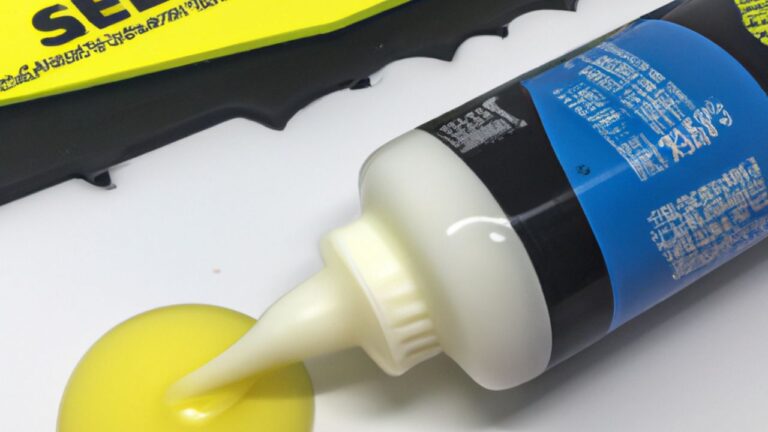If you plan to renovate your bathroom, you might wonder whether polished tile is a good choice for the floor. Polished or glossy tile has a smooth and reflective surface that creates a sleek and elegant look. However, it also has some drawbacks that you should consider before deciding.
One of the main concerns about polished tile is its slipperiness. A slippery floor can be a safety hazard, especially in a wet and humid environment like the bathroom. You don’t want to risk slipping and falling while showering or stepping out of the tub. So, how slippery is polished tile, and what factors affect its slip resistance? In this article, we’ll answer these questions and give tips on choosing and maintaining polished tiles for your bathroom.
How Slippery Is Polished Tile?
There is no definitive answer to how slippery polished tile is, as it depends on several factors, such as:
- The texture of the tile surface
- The presence of water or other liquids on the floor
- The type and condition of the footwear or bare feet
- The angle and speed of movement on the floor
Generally speaking, polished tile has a lower coefficient of friction (COF) than matte or textured tile. COF measures how much force is required to slide an object across a surface. The higher the COF, the more slip-resistant the surface is. According to the American National Standards Institute (ANSI), the minimum COF for indoor flooring should be 0.42, and for outdoor flooring, it should be 0.60.
However, COF is not the only factor that determines slipperiness. Water or other liquids can reduce the friction between the tile and the footwear or bare feet, making the floor more slippery. This is why bathrooms are more prone to slips and falls than other rooms.
Moreover, the type and condition of the footwear or bare feet can also affect the slip resistance. For example, rubber-soled shoes may have more grip than leather-soled shoes, and wet or dirty feet may have less traction than dry or clean feet.
Another factor that influences slipperiness is the angle and speed of movement on the floor. The steeper the angle, the more likely it is to slide down. The faster the speed, the more momentum it has to overcome friction. Therefore, walking or running on a polished tile floor may be more risky than standing or sitting on it.
What Are the Benefits and Drawbacks of Polished Tile?
Polished tile has advantages and disadvantages that you should consider before choosing it for your bathroom. Here are some of them:
Benefits
- Polished tile has a high aesthetic appeal, as it can reflect light and create a spacious and bright feel in your bathroom.
- Polished tile is easy to clean, with a smooth, non-porous surface that resists stains and dirt.
- Polished tile is durable and resistant to scratches, chips, cracks, and fading.
- Polished tile comes in a wide range of colors, patterns, sizes, and shapes, giving you more design options for your bathroom.
Drawbacks
- Depending on the abovementioned factors, polished tile can be slippery when wet or dry.
- Polished tile can be cold and hard underfoot, which may not be comfortable for some people.
- Polished tile can be noisy when walked on, as it amplifies sounds.
- Polished tile can show fingerprints, smudges, water spots, and dust more easily than matte or textured tile.
How to Choose Polished Tile for Your Bathroom?
If you decide to go with polished tile for your bathroom floor, here are some tips on how to choose the best one for your needs:
- Look for polished tiles with a high COF rating (at least 0.42) or are certified by an independent testing agency as slip-resistant.
- Choose smaller tiles over larger ones, as they have more grout lines that can provide extra traction.
- Opt for lighter colors over darker ones, making your bathroom look bigger and brighter.
- Consider adding some contrast or variation to your polished tile floor by mixing it with matte or textured tiles or using different shapes or patterns.
- Test the slipperiness of the polished tiles before buying them by sprinkling some water on them and walking on them with different types of footwear or bare feet.
How to Maintain Polished Tile in Your Bathroom?
To keep your polished tile floor looking good and safe in your bathroom, here are some maintenance tips:
- Clean your polished tile floor regularly with a mild detergent and a soft cloth or mop. Avoid using abrasive cleaners or tools that can scratch or dull the surface.
- Dry your polished tile floor after cleaning or showering to prevent water spots and mold growth.
- Apply a sealant to your polished tile floor every few years to protect it from stains and moisture damage.
- Use rugs or mats in high-traffic or wet areas to reduce the risk of slips and falls and add warmth and comfort to your bathroom.
Conclusion
Polished tile can be a beautiful and durable choice for your bathroom floor, but it can also be slippery depending on various factors. To avoid accidents and injuries, choose polished tiles with a high slip resistance rating, use smaller tiles with more grout lines, and properly maintain your polished tile floor.
Following these tips, you can enjoy the benefits of polished tile without compromising your safety.


